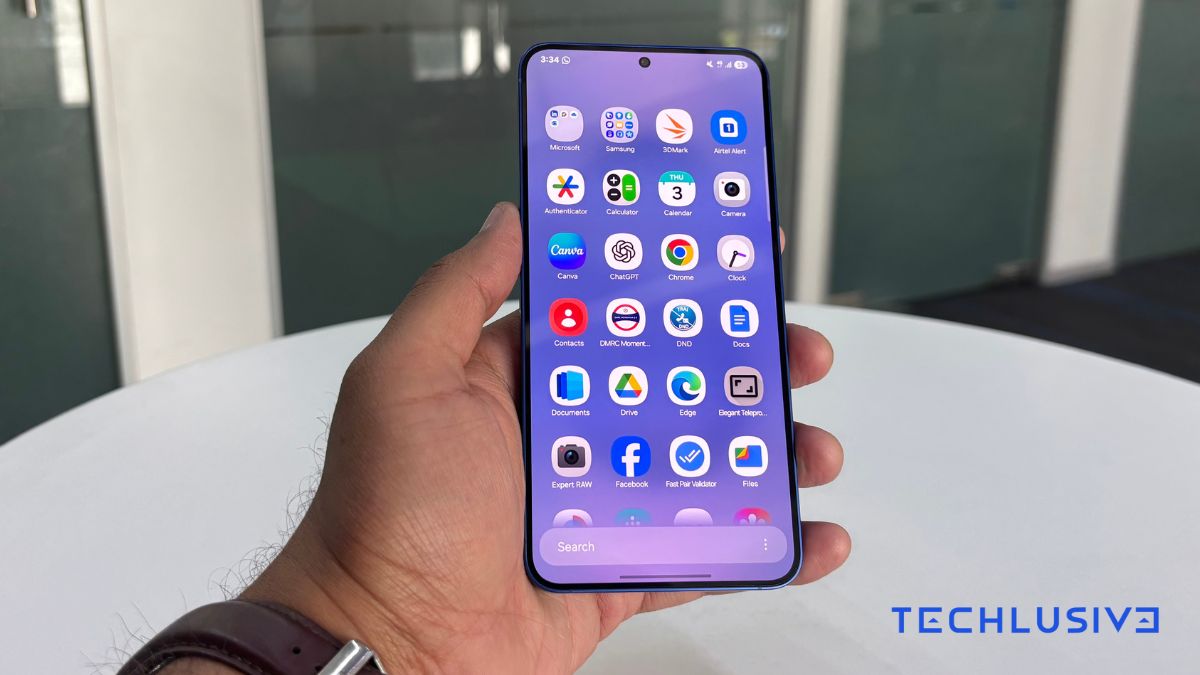Press release. The healthcare sector is in constant evolution mainly due to its commitment to incorporating technological advances. These have allowed us to begin a revolution in terms of early diagnosis and personalized treatment, proactive healthcare, the interconnection of all players in the sector and the management of processes to improve the efficiency of healthcare organizations. In this way, Spain has established itself as one of the most dynamic markets in terms of health technology, ranking as the second country with the highest number of Health Tech startups in Europe, only surpassed by the United Kingdom.
“Given this unstoppable pace of transformation of the sector, new regulatory frameworks are emerging at a national and international level, specifically in the European Union, which seek to reinforce both the protection of patient data, the ethics of the management of this information and the support against possible cyber attacks. In addition to bringing and democratizing access to this technology. In fact, on January 12, the new Regulation on Health Technology Assessment (HTA) was launched to strengthen the guarantee for EU patients of being able to count on innovative and effective health technologies.says Alberto E. Porciani, CEO and Founder of Grupo Top Doctors.
Health technology in Spain: 10.6 billion euros in turnover
The sector is changing at an unstoppable pace, to the point where in 2023 alone the health technology sector grew by 4.5% year-on-year in Spain, reaching a turnover of 10.6 billion euros according to FENIN data. “With public and private healthcare increasingly facing challenges – such as an aging population and rising healthcare costs – the adoption of cutting-edge technologies has not only become an opportunity, but a necessity for guarantee the efficiency and quality of services. The healthcare sector no longer conceives its future without technology. “Medical professionals and healthcare organizations must keep up to date with these advances, as technology will undoubtedly be the cornerstone of ensuring more efficient, personalized and accessible healthcare in the very near future.”says Porciani.
2025 Trends in Health Tech
The healthtech group, leader in the digital transformation of the health sector, and in the development of technological systems for easy access to the best medical specialists, explains what the trends that will mark 2025 in the health sector are going to be.
1. Digital twins. Based on a huge amount of medical or biometric data, this type of technology allows us to simulate and recreate the human body or specific organs and systems to detect how these could respond to a treatment or intervention without performing it directly on the patient themselves. In the field of research, digital twins allow a faster and safer evaluation of the results, and can detect possible side effects. This allows saving costs or prolonging trial phases, shortening time for researchers.
2. Interoperability of data with medical records. Players in the sector must focus their efforts on being able to centralize the data, since the trend points to a single medical record, regardless of whether the patient is treated in different centers, hospitals or specialized clinics. Furthermore, access to this information must be simple so that the patient can see all the data on their mobile devices. “Society is becoming accustomed to a digital environment for managing the different parameters of its life, which means that health, undoubtedly one of the most important areas, should not take another path. That the patient can have access from their mobile phone to the medical data of their entire history is key,” says Porciani.
3. IoT a Healthcare. The presence of devices for health care and control is another of the key points that will continue on the path of growth throughout 2025. In fact, artificial intelligence is helping its growth and greater scope of efficiency and innovation.
4. Cybersecurity. The digitalization of the sector has generated a new challenge: cyberattacks. In fact, it is estimated that 7% of total cybersecurity incidents affect players in the sector according to ENISA data, as a consequence of the lack of protection against these threats and the profitability obtained by cybercriminals. Furthermore, the ‘Ransomware Panorama 2024’ report indicates that Spain is the seventh country in the world most affected by this type of cyber threats. Therefore, cybersecurity becomes one of the main trends for the sector, which will seek to reduce this security gap.
5. Robotics. This technology allows surgical processes to be carried out through robotic arms that the surgeon controls remotely, and can even execute the intervention from another center. In addition, this type of technology allows for minimally invasive interventions, which help the patient recover faster. The use of robotic technology allows specialists and doctors to have a greater depth of field perspective by seeing everything through cameras.
6. Artificial intelligence (AI). Applied to health, it is key for the sector since the advantages are many and applicable to many areas, since it accelerates early detection and subsequent diagnosis, making it more agile and precise, it allows adhoc care treatment thanks to systems such as chatbot, enhances the assignment of a hyper-personalized treatment for each specific case and the optimization of that treatment, offers greater control and monitoring of the health of each patient, the monitoring and care of chronic patients, the automation and centralization of access and treatment data from ICU or medical records from different centers and hospitals.
7. Conversational chatbots. It is an innovative solution in patient care and monitoring. They are developed by combining space design and 3D virtualization techniques, audio interpretation and listening algorithms with natural language algorithms and construction of empathic responses through Large Language Models. This chat offers personalized doctor recommendations using natural language processing.
8. Avatars. Applied as a tool for consultation and reception of patients in medical and hospital centers, resolution of doubts about drugs and dosage, steps to take for the preparation of tests, interpretation of analyzes and exercise or health guidelines, accompaniment to chronically ill, elderly or patients mental health. The main advantage of this type of patient care technologies is that they provide a service, 24 hours a day, 365 days a year.
9. Telemedicine. Through video calling, it is a technology that has been growing since the pandemic and in 2023 appointments through telemedicine grew by 20% according to data from Grupo Top Doctors.com®. And this technology makes it possible to decongest waiting lists and consultations of doctors and specialists, bring the doctor-patient relationship closer, reduce care processes and provide service to areas with medical deserts. In fact, 67% of consultations via chat or video from the Grupo Top Doctors platform are made from areas with a lack of specialized assistance.












